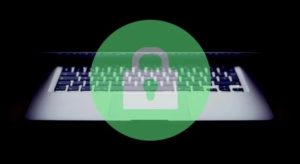 Information is one of the most valuable things in the world. But a lot of it can be found and stolen online. Whether it’s photos, documents, login credentials, or something else entirely, it’s important to take every step necessary to prevent it.
Information is one of the most valuable things in the world. But a lot of it can be found and stolen online. Whether it’s photos, documents, login credentials, or something else entirely, it’s important to take every step necessary to prevent it.
Cybersecurity tools like firewalls, antivirus scanners, password managers, and VPN solutions have become crucial components of our online safety. But before being able to see their true value, people need to understand phishing – one of the fiercest threats that lurk online. Therefore, we’ll touch on the basics first.
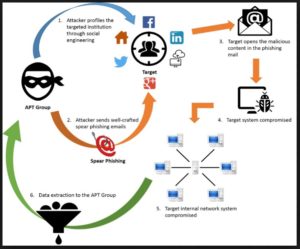 Woe is he who underestimates the threat of phishing
Woe is he who underestimates the threat of phishing
Phishing is one of the most elaborate ways for hackers to get their hands on sensitive information like credit card numbers, login credentials, documents, and other types of information that can be misused to obtain a financial gain or illegitimate control over a person’s account.
To lure the victims into willingly parting ways with their credentials, hackers code a fraudulent login form that attempts to look exactly like the original one. There are subtle signs that can be used to determine that something is off; one of the most obvious ones is taking a look at the address bar in your browser. Most often they only change one letter to a similar-looking one, and it’s quite easy to spot. But if they do their job right, finding something amiss can be rather challenging.
The perpetrators are well versed in the art of manipulation
The awe-inspiring aspect of phishing is the fact that it encompasses much more than the technical elements. The masterminds that are behind it are well versed in the art of social engineering and psychology, meaning they can exploit their knowledge to trick you into doing what they want. Such manipulation can come in the form of them acting like the voice of authority (the CEO of the company you work for or another one of your superiors).
They may also try to guilt-trip you into doing it by setting up a fraudulent charity campaign. Once they’ve tapped into your psychological weaknesses, the sky’s the limit.
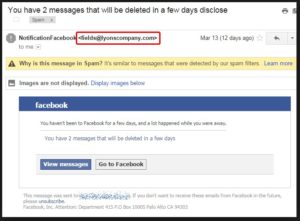 Letting the examples tell the story
Letting the examples tell the story
To demonstrate the power of phishing, here are some recent examples of it.
In one of the emails, the perpetrators nailed the colors and the design of a typical Facebook email. It tricks the victims into clicking on a fraudulent link and entering their login credentials.
Another recent example is the FedEx email that tried to convince users that a message was waiting for them and conveniently provided a link to it. As you might have guessed, the link led to an infected website.
Last but not least, we have the notorious Bank of America phishing email that prompted the recipients to download an urgent update. The site they were led to was an obvious, yet well-designed forgery.
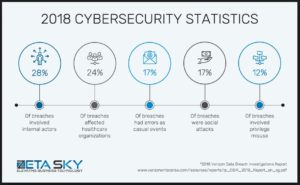 Awareness goes a long way
Awareness goes a long way
Whether you’re a business owner or an individual user, keeping yourself in the loop about phishing scams is essential to your online safety and security. Apart from that, you should employ the necessary cybersecurity tools for an additional layer of protection.
There are certain browser plugins that prevent you from opening these malicious websites in the first place. You can get a similar kind of thing for your email client that recognizes and filters out the phishing emails. A VPN, for instance, is another way to employ a built-in malicious website detector.
Cloud-based anti-phishing solutions go hand in hand with convenience
You may not be the biggest fan of installing new software on your device, and that’s fine. Luckily, there’s plenty of cloud-based anti-phishing solutions available. In fact, it offers industry-grade phishing protection without consuming any of your resources. In other words, these offer a way to protect your data without impacting the performance of your device.
What’s better is the fact they’re available for all the operating systems out there and can be adjusted to fit your needs. Apart from the basic anti-spam filter, it comes with many anti-phishing features. For instance, it also acts as an antivirus, automatically scanning for viruses before they can get into the client’s mail server in the first place. The great thing about it is that it also protects other people from infected files you may attempt to send them without being aware of it.
Apart from infected attachment and upload blocking features, some of these also come with malicious website and link blocking functionality. In any case, this should be one of the decisions to make when choosing a cloud-based anti-phishing solution.
Conclusion
The experts estimate the detection rate of these cloud-based solutions nears 100%. Interestingly enough, it doesn’t trigger that many false positives. Due to utilizing more than one detection technique, they’re as effective as they can be and yet barely noticeable. In the end, keeping yourself safe is your responsibility and the sooner you start moving in this direction, the better.

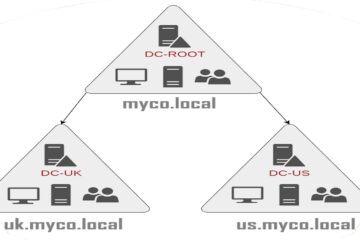
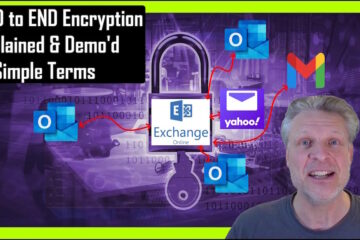
0 Comments